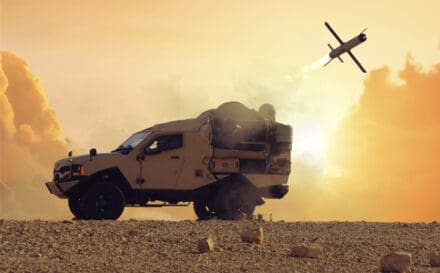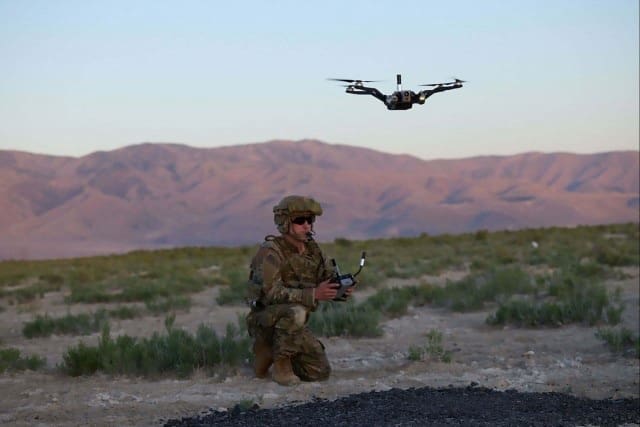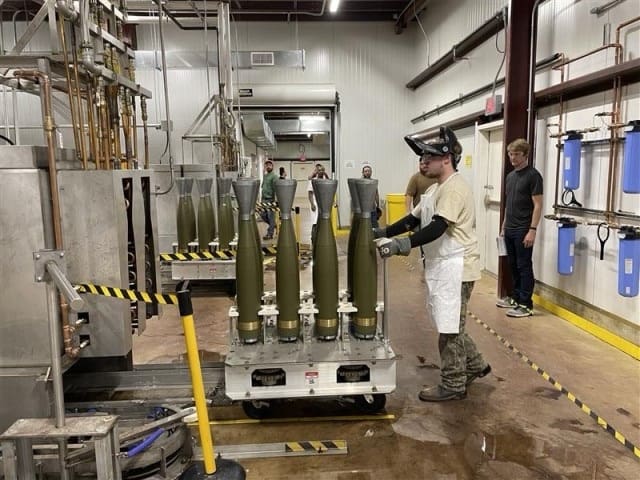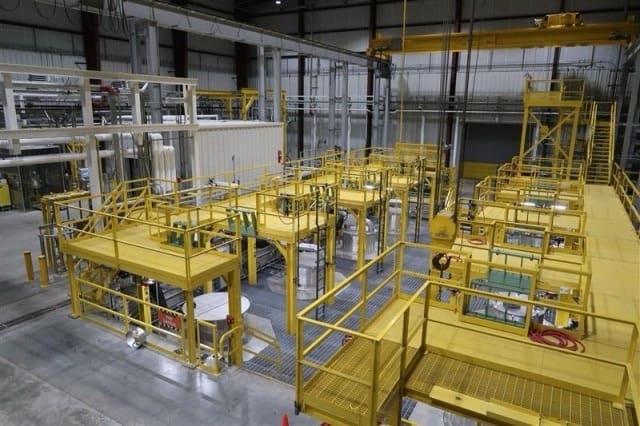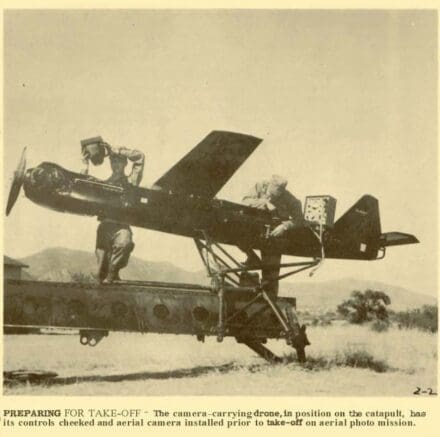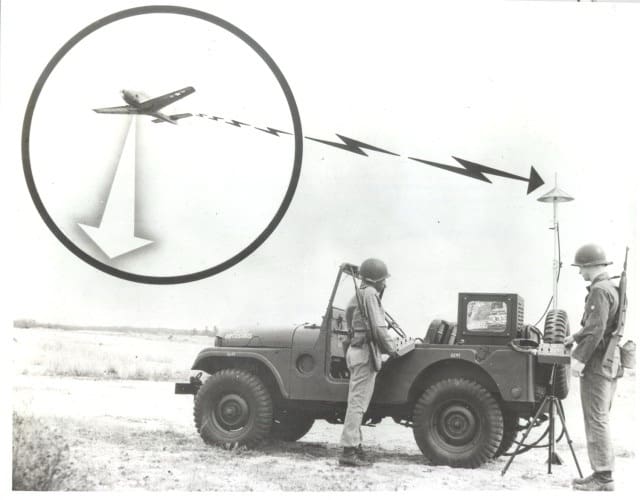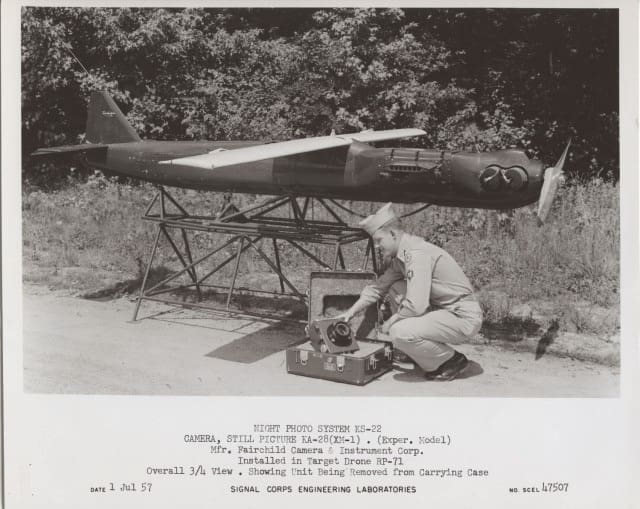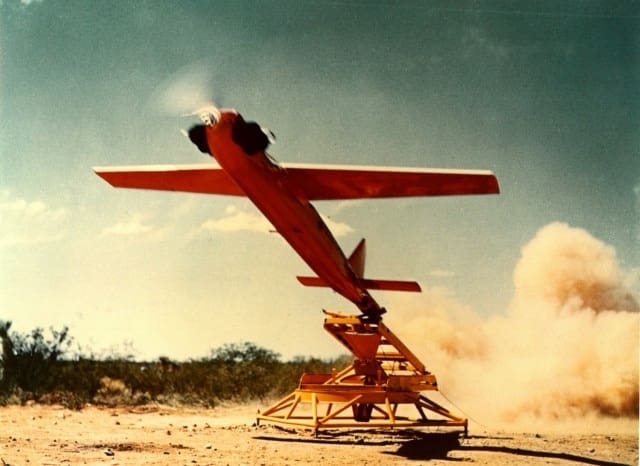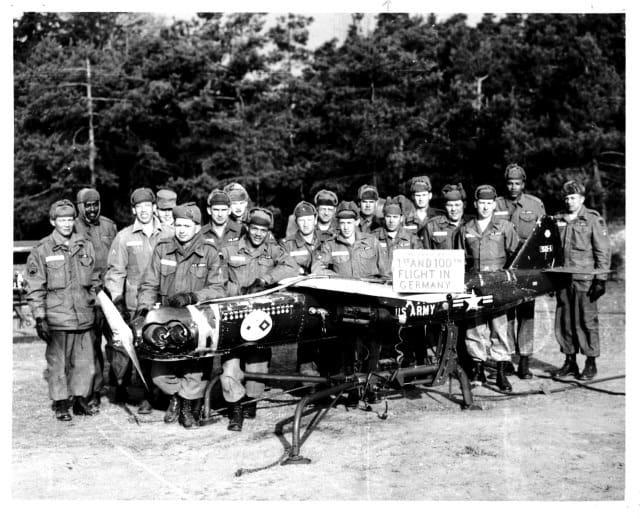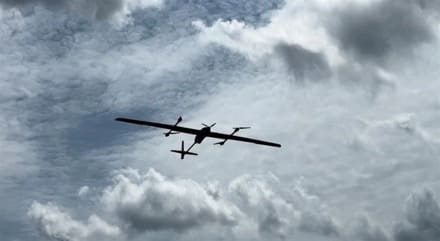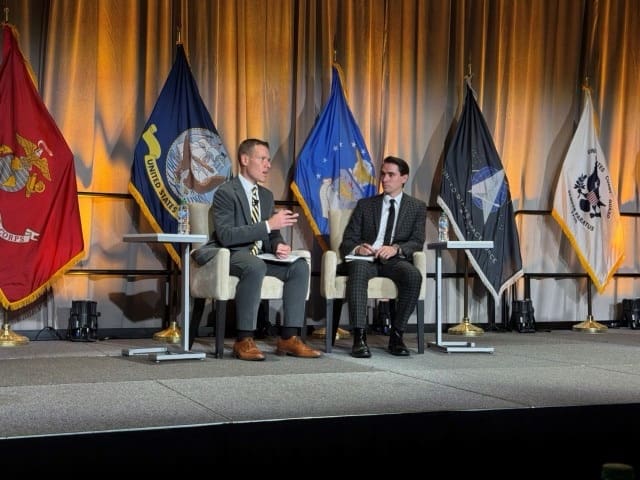
WASHINGTON — Bringing innovative technologies to Soldiers and incorporating next generation software and capabilities will be among the priorities of the Army’s new top cyber strategist.
Brandon Pugh outlined his duties as the Principal Cyber Advisor to the Secretary of the Army during a discussion in Augusta, Georgia, Thursday.
Pugh, a Rutgers Law School graduate, not only boasts the cybersecurity experience and education to advise service leaders but Pugh, an officer in the Army reserve, can relate to the Soldiers his leadership will influence, having served as a paratrooper, international law officer and now as a national security law professor while in uniform.
Pugh was a non-resident fellow at the U.S. Military Academy and served as legislative counsel at the New Jersey General Assembly Minority Office, managing policy and legislation related to cybersecurity.
Pugh became the third person to be named PCA after President Donald Trump nominated him June 16, becoming the first political appointee to the role.
Pugh said that bolstering the Army’s cyber capabilities and cybersecurity aligns with the service’s continuous transformation priorities, where the service will leverage the latest technologies to keep pace with adversaries.
“I truly believe in the direction the Army is going,” Pugh said. “The Army’s continuous transformation is really a unique window in transforming the Army overall to the current battlefield, as well as where the future one is. And I think cyber is a key part of that.”
Pugh said his goals for Army cyber include pushing AI capabilities to the warfighter and fulfilling the president’s priority of defending the homeland. He said national defense can be achieved by bolstering the service’s cyber offensive and defensive capabilities.
“Transformation is really delivering capabilities to the warfighter in a quick speed. That’s just not a buzzword. How do I interpret that for our office?” he said. “It’s really looking at the nexus of AI and cyber. ARCYBER is doing a great job under [ … Army Cyber Command Science Advisor and Chief Analytics Officer Mark A. “Al” Mollenkopf’s] leadership, but I think that’s the direction we need to go in.”
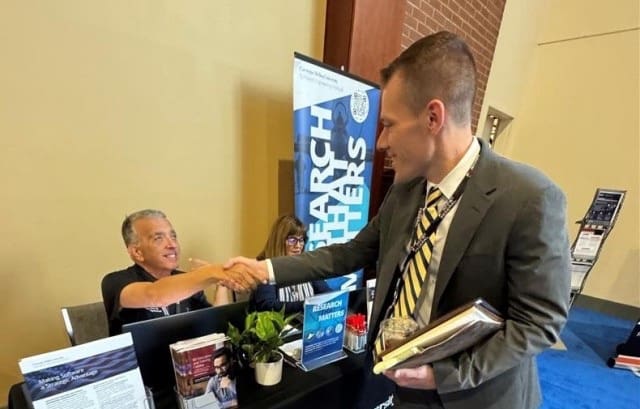
Pugh will lead his office from the Pentagon and collaborate with Leonel Garciga, the Army’s Chief Information Officer, and other senior leaders. Pugh’s council comes at a critical time as Secretary of Defense Pete Hegseth identified cyber among the Army’s top areas to invest.
This fall, Army Cyber Command, based at Fort Gordon, Georgia, will form the first of its three Theater Information Advantage Detachments, which will focus on U.S. adversaries in the realm of cyber information. Pugh visited Fort Gordon, Georgia, in late July including meeting with Army cyber capability developers at the 11th Cyber Battalion.
Pugh said that further incorporating the National Guard and his fellow reservists into ARCYBER and broader cyber efforts will be among his priorities. He said that many members of the guard and Army Reserve boast skills in the areas of cyber and technology that could benefit the Army’s cyber capabilities.
The Army established its Cyber Direct Commissioning Program, or CDCP, for those who possess key experience in the cyber field or education to be appointed to the Army’s Cyber Corps in the ranks of lieutenant to colonel.
“I see this as a total Army. We need our active-duty Soldiers, but we also need our Reservists and our Guardsmen, and I’ll add civilians on top of that,” Pugh said. “I think we see awesome examples of the Guard and Reserve being utilized.”
Pugh added that Guardsmen work in local communities where they can contribute to critical infrastructure defense.
“Some of these Reserve and Guardsmen have incredible skill sets. They’re in C-suite (top cyber strategy) positions sometimes in their civilian world [positions]. To make sure we’re leveraging them, I think is key.”
By Joe Lacdan Army News Service


